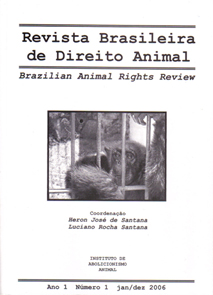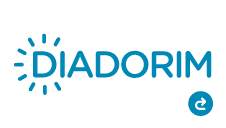A raiva humana e a proteção jurídica dos animais
DOI:
https://doi.org/10.9771/rbda.v1i1.10245Abstract
The hydrophobia epidemic in the Brazilian states of Pará and Maranhão transmittedby the ‘vampire’ bat desmodus rotundus, have resulted in close to 300 human deaths since
the year 2004. This paper studies the legal perspective about the cases in the towns of Pará
State (Portel – 2004, Viseu and Augusto Corrêa – 2005), based on reports done by IBAMA
– Brazilian Institute of Environment and Renewable Natural Resources, and SESPA –
Para’s Health Agency.
The epidemic in the town of Portel has passed, but in the towns of Viseu and Augusto Corrêa
it is just controlled, and so, the reports about this area, which is an Exploitable Sea Environment
Reserve, aren’t finished, but the hypothesis permits us to make certain reflections.
Analyzing the situation, we saw that the right to defense that legalizes the control of animals
of prey is not just, because the epidemic was caused by an environment imbalance, generally
resulting from human acts. These human acts, in the case of the town of Portel, could be
prevented if the State had promoted effective environmental education and policy, because
the reports tell about illegal timber exploration and hunting of subsistence animals, more
than the fauna is able to recuperate itself and maintain it’s ecological function. There occurred
a break in the food chain, and the bats started to attack the people.
In all the areas the people live in houses without even walls, being completely vulnerable,
and other factors make evident their poor welfare. The desmodus rotundus seeks tranquil
victims, because it is small and fragile. The scientists believe that it’s teethmarks do not
cause scabs, because the human victims didn’t awake in the nights when they were attacked.
So, SESPA’s technicians believe that the bats are becoming adapted to these new and easy
preys.
Downloads
Downloads
Published
How to Cite
Issue
Section
License
1. Autores mantém os direitos autorais e concedem à revista o direito de primeira publicação, com o trabalho simultaneamente licenciado sob a Licença Creative Commons Atribuição 4.0 Internacional que permite o compartilhamentodo trabalho com reconhecimento da autoria e publicação inicial nesta revista.
2. Autores têm autorização para assumir contratos adicionais separadamente, para distribuição não-exclusiva da versão do trabalho publicada nesta revista (ex.: publicar em repositório institucional ou como capítulo de livro), com reconhecimento de autoria e publicação inicial nesta revista.
3. Autores têm permissão e são estimulados a publicar e distribuir seu trabalho online (ex.: em repositórios institucionais ou na sua página pessoal) a qualquer ponto antes ou durante o processo editorial, já que isso pode gerar alterações produtivas, bem como aumentar o impacto e a citação do trabalho publicado.












